In recent years, technology has made significant strides in the transportation industry. The development of autonomous vehicles and flying cars has gained much attention, and their impact on the future of transportation is a topic of hot debate. This article discusses the benefits and challenges of autonomous vehicles and flying cars and their potential impact on the future of transportation.
Introduction
Transportation has always been an essential aspect of human life. It enables people and goods to move from one place to another. However, the traditional modes of transportation have their limitations, such as traffic congestion, environmental pollution, and accidents. With the development of autonomous vehicles and flying cars, there is a possibility of a significant transformation in the transportation industry.

What Are Autonomous Vehicles?
Autonomous vehicles, also known as self-driving cars, are vehicles that can operate without human input. These vehicles use a combination of sensors, cameras, and software to navigate the roads, interpret traffic signs, and avoid obstacles. Autonomous vehicles have the potential to reduce traffic congestion, improve safety, and lower transportation costs.

Benefits of Autonomous Vehicles
1. Reduced Traffic Congestion
One of the significant benefits of autonomous vehicles is the potential to reduce traffic congestion. With the ability to communicate with other vehicles on the road, autonomous vehicles can optimize their routes, reducing travel time and traffic congestion.
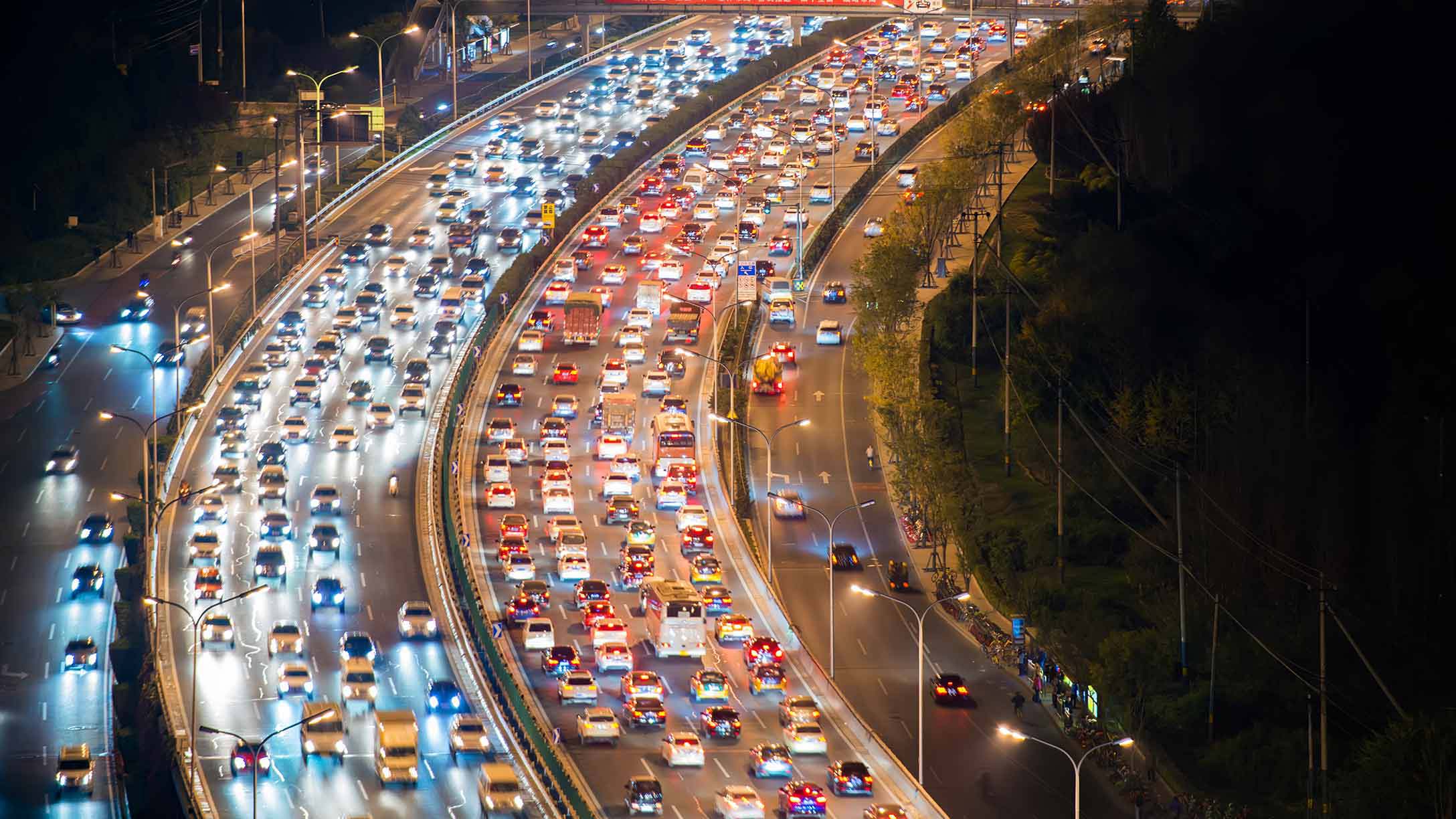
2. Improved Safety
Autonomous vehicles can significantly improve safety on the roads. With the ability to detect and avoid obstacles, these vehicles can reduce the number of accidents caused by human error.

3. Lower Transportation Costs
Autonomous vehicles have the potential to reduce transportation costs significantly. With the elimination of the need for a driver, the cost of transportation can be reduced. Moreover, autonomous vehicles can optimize routes, reducing fuel consumption and maintenance costs.
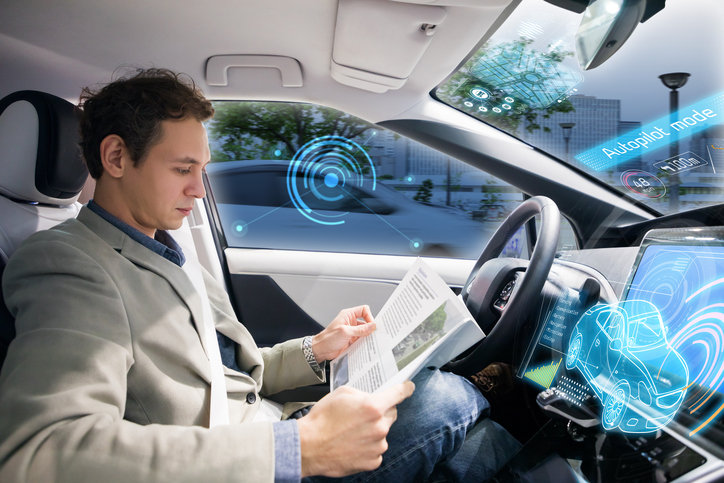
Challenges of Autonomous Vehicles
1. Legal and Regulatory Challenges
The development of autonomous vehicles presents several legal and regulatory challenges. The laws and regulations that govern the use of autonomous vehicles are still in the development stage, and there are significant concerns regarding liability and safety.

2. Cybersecurity Risks
Autonomous vehicles rely heavily on software and communication technology. This reliance exposes them to the risk of cyber-attacks, which can compromise the safety of passengers and other road users.

3. Job Displacement
The development of autonomous vehicles has the potential to displace a significant number of jobs. Drivers, mechanics, and other transportation-related workers could lose their jobs due to the increased automation of the industry.
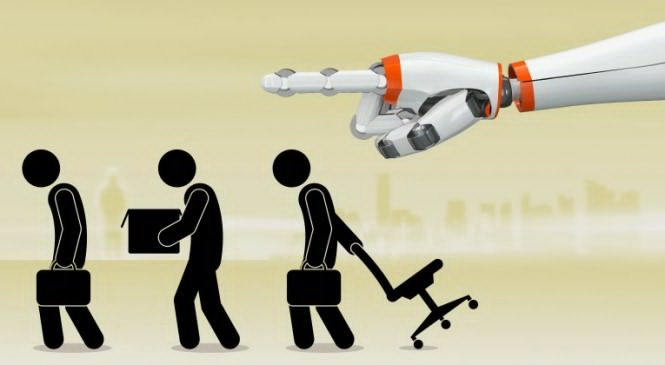
What Are Flying Cars?
Flying cars, also known as vertical takeoff and landing (VTOL) vehicles, are vehicles that can take off and land vertically, like a helicopter, but are designed to operate like a car. Flying cars have the potential to revolutionize transportation by providing an alternative mode of transportation that can bypass road congestion.
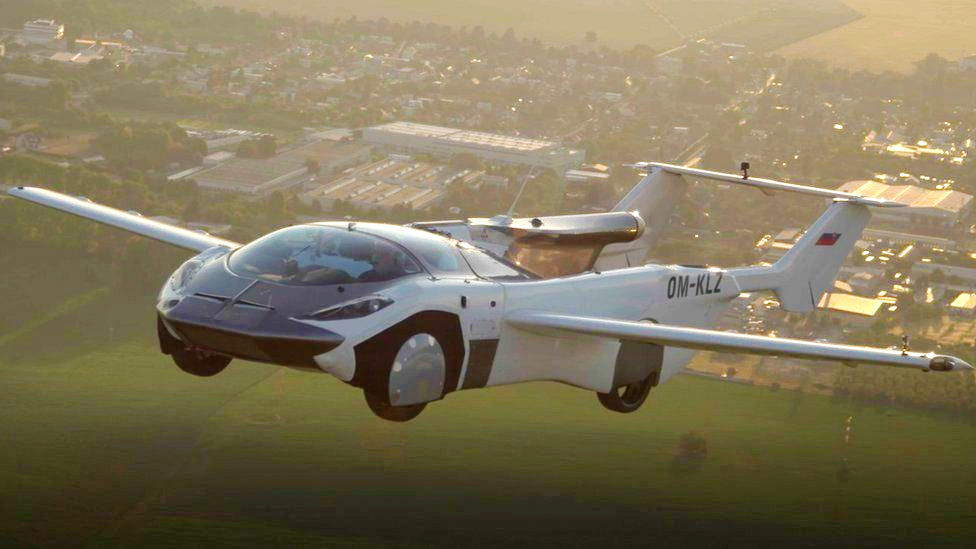
Benefits of Flying Cars
1. Faster Travel Times
Flying cars can significantly reduce travel times, particularly in cities with heavy traffic congestion. With the ability to bypass road congestion, flying cars can travel at high speeds and reach their destinations much faster.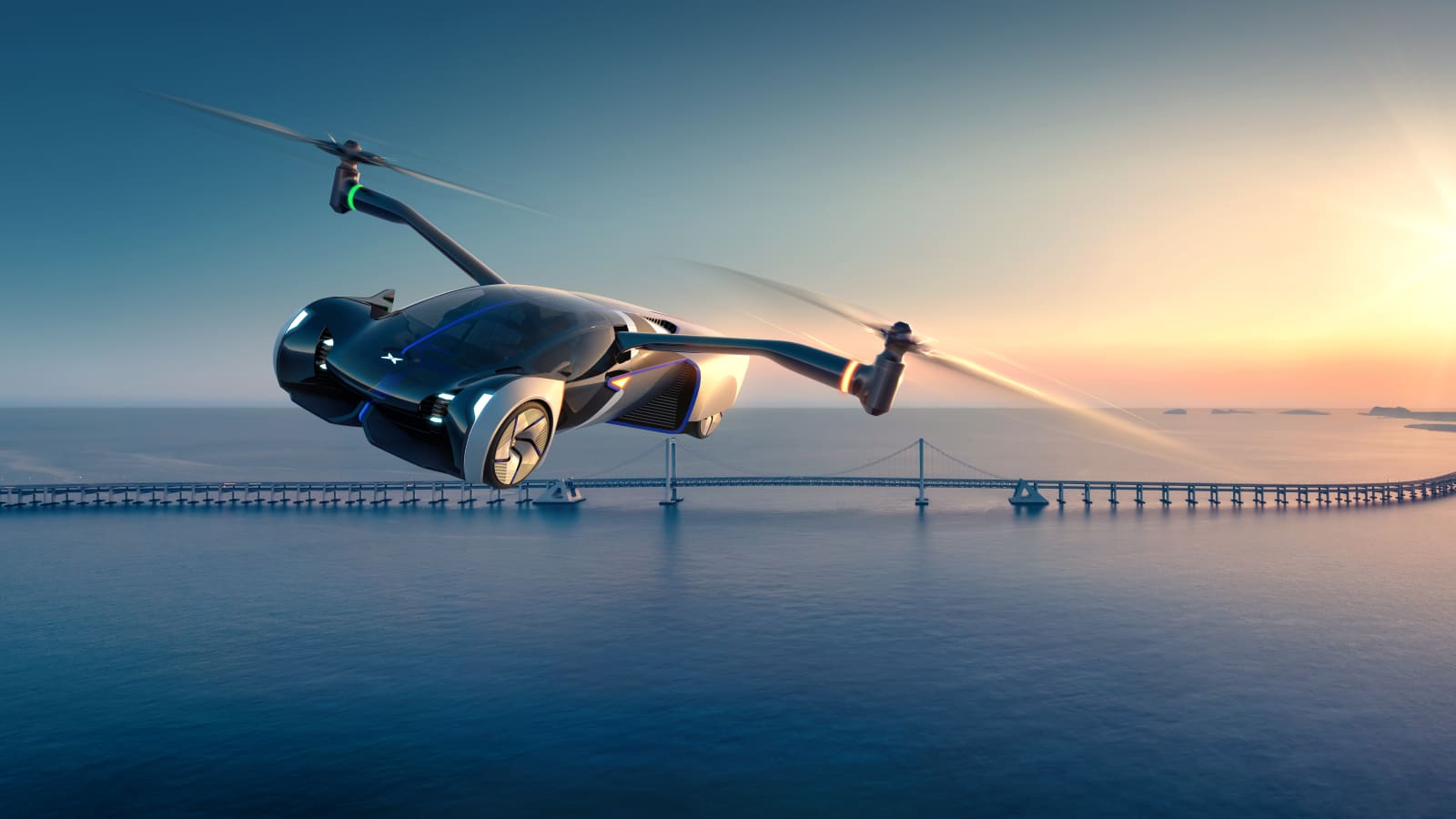
2. Reduced Traffic Congestion
Flying cars have the potential to reduce traffic congestion significantly. By providing an alternative mode of transportation, flying cars can reduce the number of vehicles on the road, reducing traffic congestion.

3. Improved Emergency Response
Flying cars can significantly improve emergency response times. With the ability to bypass road congestion, emergency vehicles can reach their destinations much faster.
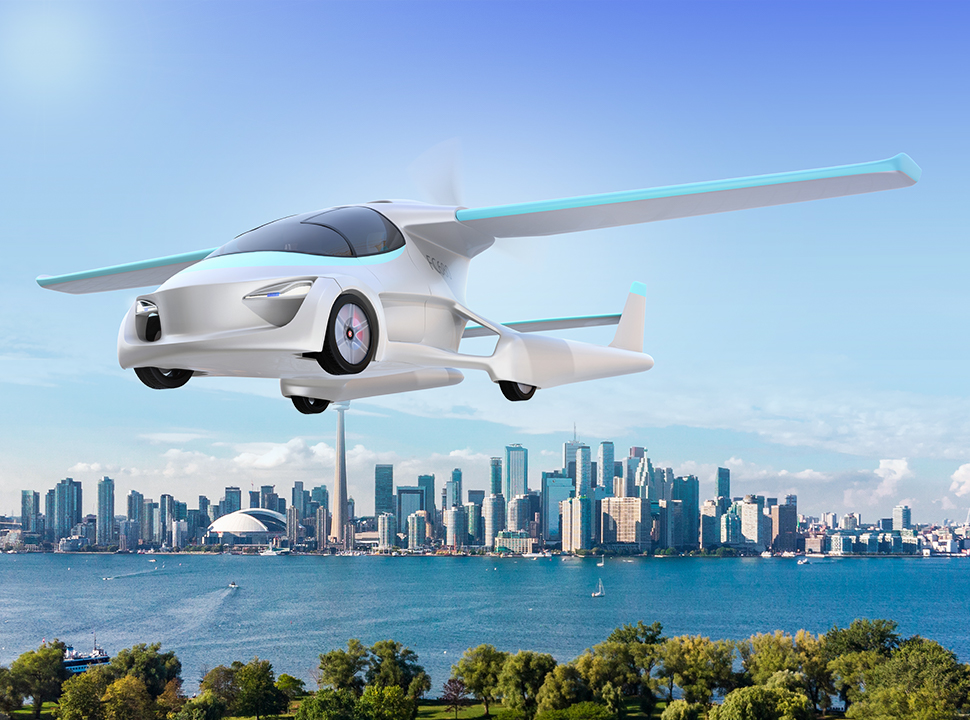
Challenges of Flying Cars
1. Technical Challenges
The development of flying cars presents significant technical challenges, such as safety, noise, and fuel efficiency. These challenges need to be addressed before flying cars can become a viable mode of transportation.
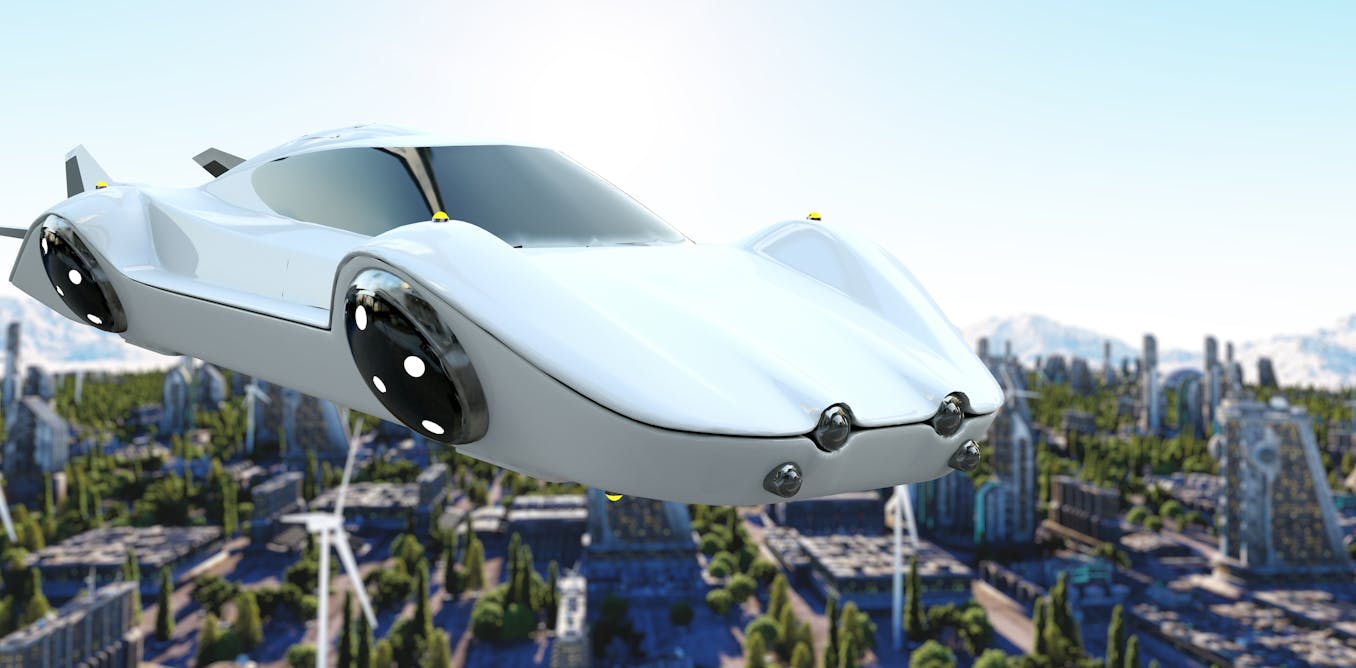
2. Regulatory Challenges
The development of flying cars presents several regulatory challenges. The laws and regulations that govern the use of flying cars are still in the development stage
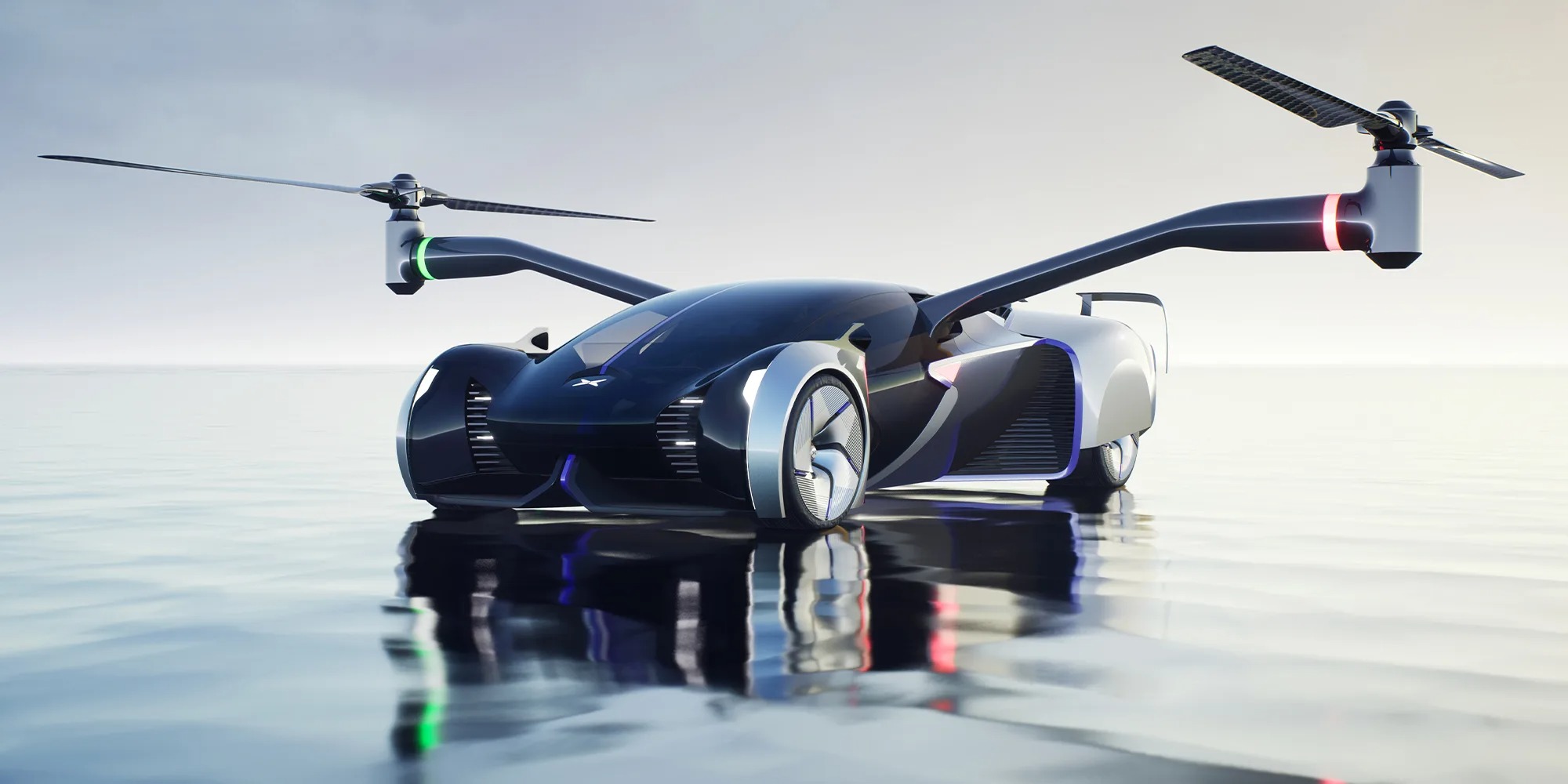
3. Limited Infrastructure
Flying cars require specialized infrastructure, such as landing pads and air traffic control systems, which are currently limited. Developing the necessary infrastructure to support flying cars would require significant investment.
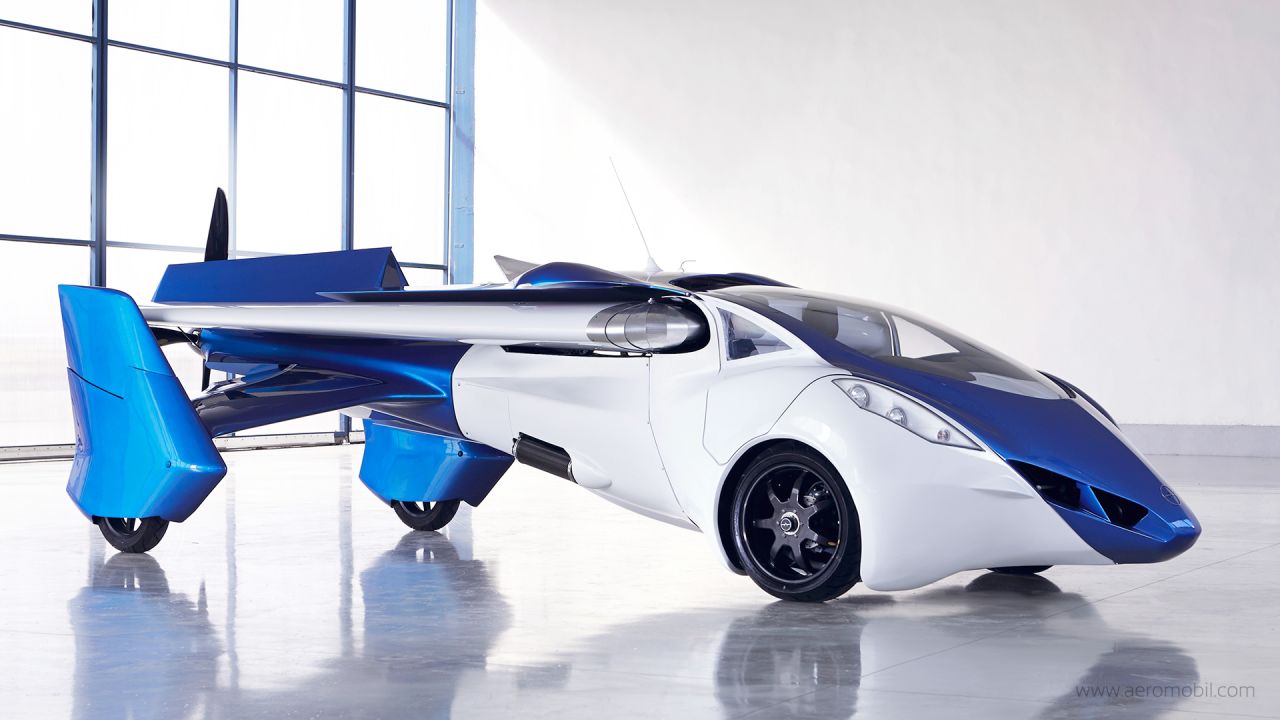
The Future of Transportation
The development of autonomous vehicles and flying cars presents significant opportunities and challenges for the future of transportation. While these technologies have the potential to transform the transportation industry, there are still several hurdles that need to be overcome before they can become a viable mode of transportation.

Conclusion
The development of autonomous vehicles and flying cars has the potential to revolutionize the transportation industry. These technologies could reduce traffic congestion, improve safety, lower transportation costs, and significantly reduce travel times. However, they also present several challenges, such as legal and regulatory hurdles, technical challenges, and the need for specialized infrastructure.
Moreover, the impact of autonomous vehicles and flying cars on the environment, job displacement, and cybersecurity risks is yet to be fully understood. Addressing these challenges will require significant investment in research and development, infrastructure, and regulations.
While the widespread adoption of these technologies is still uncertain, there is no doubt that technology will continue to play a significant role in shaping the future of transportation. As we continue to explore new possibilities and push the boundaries of what is possible, it is important to consider the ethical, social, and economic implications of these technologies. By doing so, we can ensure that the future of transportation is not only efficient and safe but also equitable and sustainable.















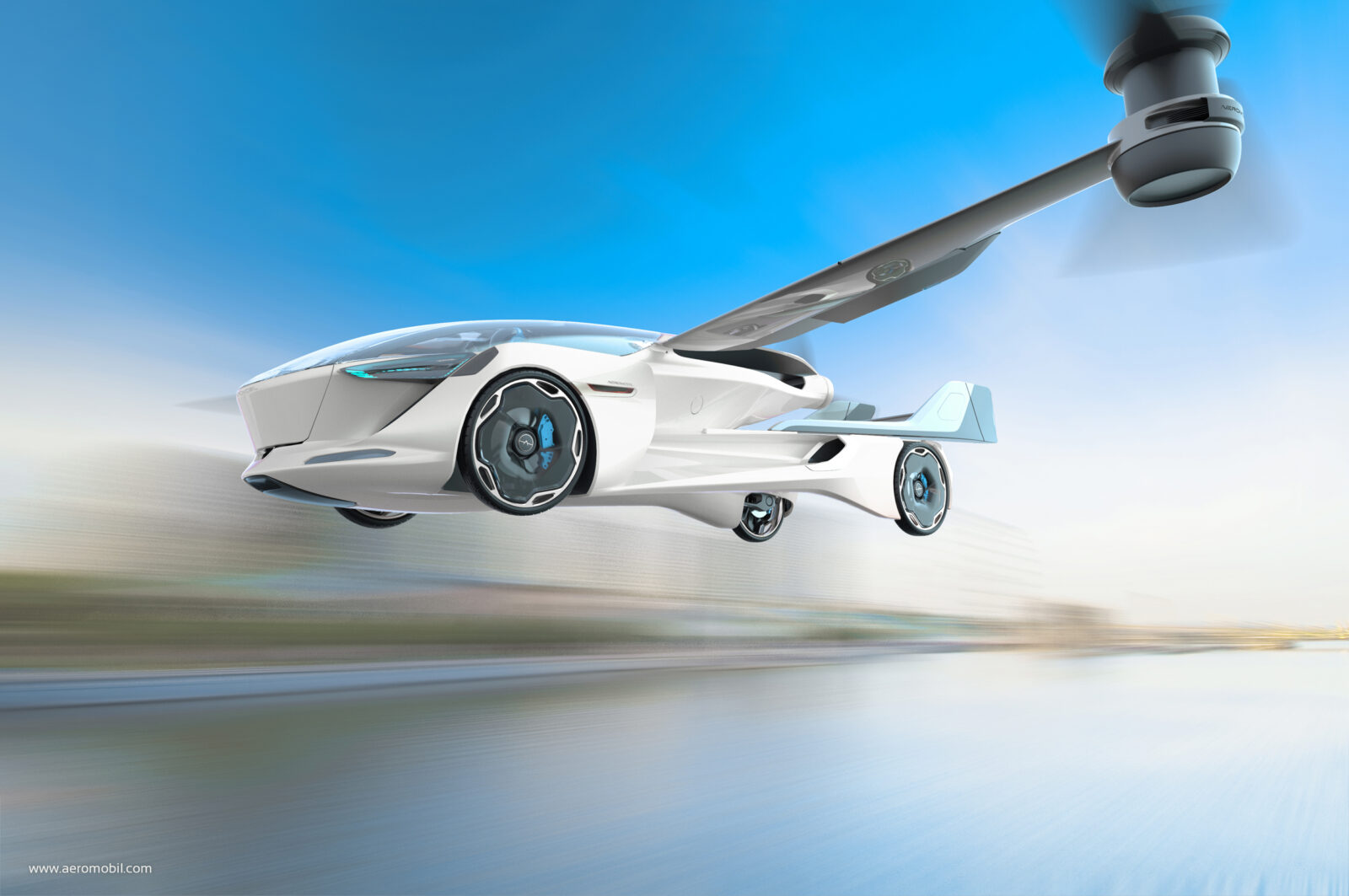




Leave a Reply